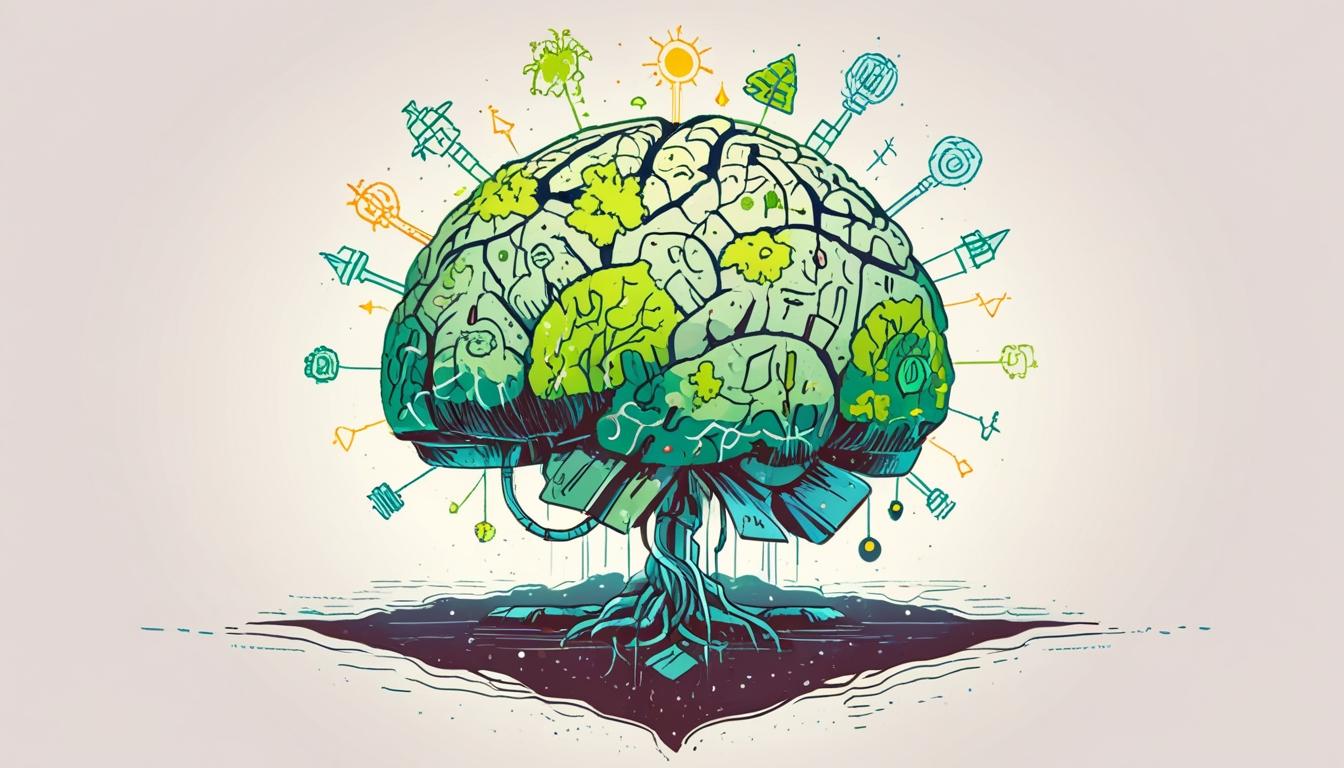As artificial intelligence (AI) continues to transform industries globally, concerns about its environmental impact are prompting renewed focus on sustainability within the technology sector. The latest analysis from CRN Magazine highlights the significant ecological footprint of AI operations and explores the pivotal role that channel partners can play in fostering greener AI innovation.
AI’s environmental costs are substantial and growing. In 2023, AI workloads accounted for approximately 4.5 gigawatts of global energy consumption, representing about 8 per cent of data centre power use. Projections indicate this could surge to 20 per cent by 2028, signalling a rapid increase in energy demand tied to AI development and deployment. Additionally, training large AI models is estimated to generate up to 500 million tonnes of carbon dioxide emissions annually by 2035 if unchecked. More tangibly, data centres—essential for AI processing—also require massive water resources for cooling: Microsoft’s Iowa data centres, for example, consumed 11.5 million gallons of water in a single month (July 2022), underscoring the wider resource intensiveness involved.
Despite such challenges, industry leaders are making notable strides to mitigate AI’s environmental toll. Apple reported a 5 per cent reduction in climate pollution in 2024—equivalent to 800,000 metric tonnes of emissions—even amid rising sector emissions. Over the past decade, Apple has decreased its emissions by over 60 per cent. Google’s DeepMind has deployed AI to optimise data centre cooling, achieving a 40 per cent reduction in energy use for that purpose. Meanwhile, Microsoft has invested heavily in integrating low-carbon building materials with energy-efficient AI systems and more sustainable water management for its data centre operations.
These advances demonstrate that innovation in AI can coincide with environmental stewardship, benefiting not just the planet but organisations’ operational efficiency and compliance with increasingly stringent sustainability regulations.
Beyond reducing its own footprint, AI is also being applied to address environmental issues directly. For example, John Deere’s Blue River Technology uses AI-driven precision agriculture to target weeds more accurately, substantially reducing herbicide application. Water management is also benefiting from AI: Xylem employs AI for monitoring infrastructure that curtails water loss and enhances accessibility worldwide. In carbon capture technologies, Carbon Engineering leverages AI to improve the efficacy of removing carbon dioxide from the atmosphere on a large scale.
The global movement towards sustainable AI is gaining institutional support as well. The Coalition for Sustainable AI, initiated by the United Nations Environment Programme alongside France and the International Telecommunication Union, has attracted over 90 members, including 37 companies committed to greener AI practices. Complementary efforts, such as those by the Radiant Earth Foundation, provide open-source AI tools aimed at supporting the United Nations Sustainable Development Goals, making environmentally responsible AI more accessible and impactful.
For channel partners—who serve as vital intermediaries between technology providers and end users—CRN Magazine emphasises several avenues of contribution. These include promoting AI solutions with clear sustainability metrics, advocating for transitions to renewable energy sources in data operations, and conducting environmental impact audits to identify potential improvements. Furthermore, maintaining close collaboration with initiatives such as the Coalition for Sustainable AI can help partners stay informed and aligned with best practices.
“The environmental footprint of AI and its energy consumption, carbon emissions, and water use should not be ignored,” CRN Magazine reports. It stresses that technology itself is neutral, shaped fundamentally by human choices, and that channel partners possess both the influence and responsibility to ensure AI development honours innovation alongside environmental preservation.
The insights come on the occasion of Earth Day, underscoring a growing recognition within the IT community that sustainability must be integrated deeply into AI advancement rather than treated as an ancillary concern. As AI technologies continue to evolve and proliferate, the collaboration between vendors, channel partners, and global organisations will be central to aligning technological progress with planetary health.
Source: Noah Wire Services
